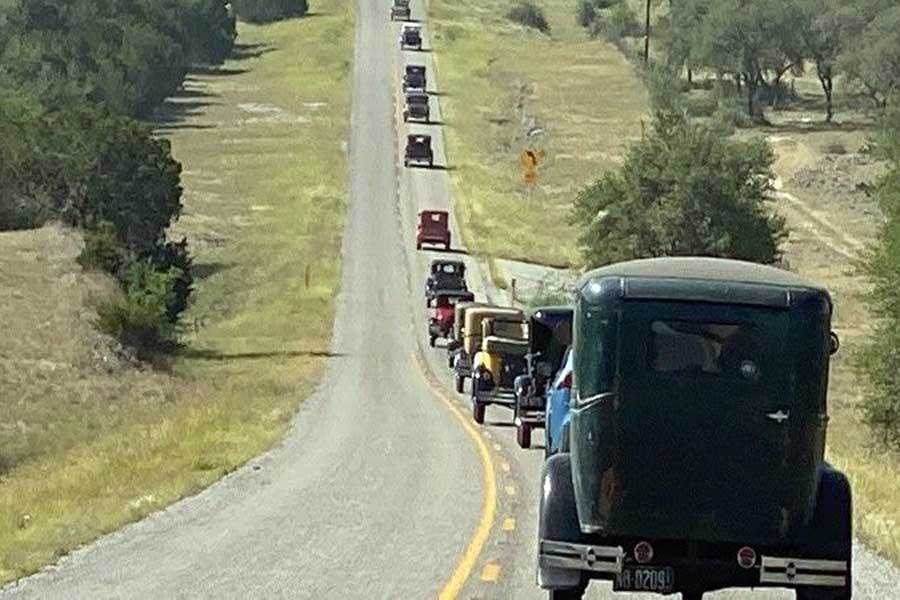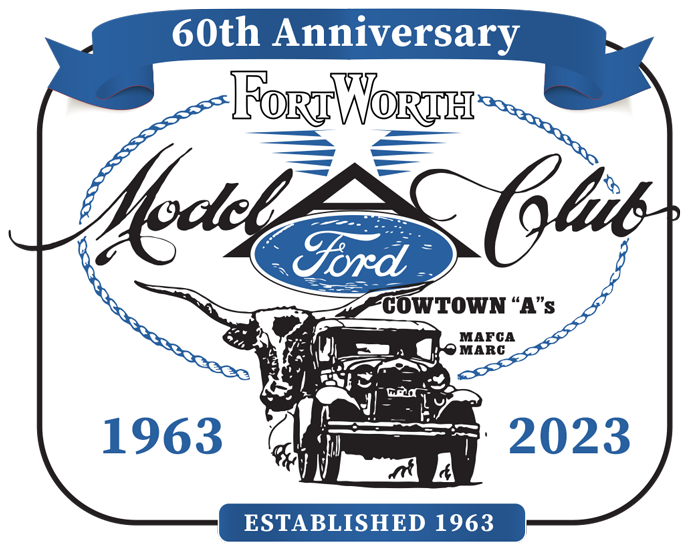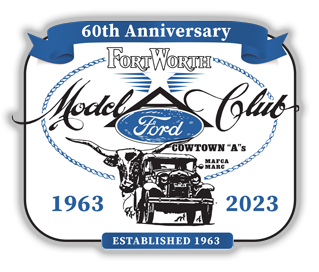Touring Rules of the Road Question

The following guidelines are intended to help Model A drivers tour safely, maximize the touring experience, and travel in a group with consideration for other vehicles.
Preparation
Before the start of the tour, participants will have their Model A in good mechanical condition, serviced, and filled with fuel. Drivers should carry a gallon of water, a simple first aid kit, and appropriate area maps. It is also strongly recommended that each car be equipped with a communication device (cell phone, Zello app, CB radio, two-way radio) such that each one be able to communicate with the leader and sweep. In the event of roadside trouble, medical emer-gency, or separation from the group, these communication devices are vital.
Tour Director
The Tour Director will be responsible for setting the route, date, time, and location for meet-ing prior to the tour. The Tour Director is also responsible for selecting convenient rest stops, fueling sites, and lunch arrangements as required. These details will be provided at the general meeting, in the The Ford Squeaks newsletter, by email, and on the website (www. pineywoodmafc.com.org). Maps will be provided in advance and at the meet site.
Tour Leaders
Two Tour Leaders will be available for each group participating in the tour, one to lead the group and one in the back (Sweep). The leader should follow the route plan as provided by the Tour Director. Drivers are expected to follow the leader’s instructions, which will be outlined in the driver’s meeting prior to departure. Communication channels will be specified and tested at this time. Primary use of the communications device will be for the leader to advise route changes, problems ahead, and to contact the Sweep. All may use the communications device to point out areas of interest. Any car manufactured after 1931 will travel behind the Model A group, unless a dangerous situation develops. These “modern” vehicles should also be able to communicate with the group.
The Sweep’s responsibility will be to ensure that all Model A’s have departed the meet site, that no one is left behind, and to advise the leader of any developing problems.
On the Road
Since any number of historic cars on the road is a major distraction while driving we will avoid “bunching up” and creating traffic hazards for others wishing to pass, or merge onto or off the road. If our participation is very high, the tour leader may find it necessary to separate the tour group into subsets for safer traveling. The participants in the back tend to get left behind following turns or traffic stops and must catch-up as a result. Therefore, it is a good practice to have cars equipped with overdrive in the back of the group.
The tour leader will be the first car in line and will set the speed for the group within legal parameters. On the open road, this speed will generally average 45 MPH, so all Model A’s can maintain contact with the group, regardless of equipment.
In the event that the group becomes widely separated, the designated tour leader will keep in communication with the last car (Sweep) as well as maintain visual contact with the car following. All drivers should keep the following vehicle in sight to ensure that the proper turns are accomplished, that assistance situations are recognized and reported, and that possible road hazards are identified.
On the highway, maintain a 5-car-length space between vehicles. Always be alert to faster traffic, and be pre-pared to yield, when safe, to the right side of the road. It is preferable to stop in a safe location such as a paved lot but may stop on the shoulder along the road. In any event, we do not drive on the shoulder. When it is necessary to stop on the shoulder drivers should park well to the right to not impede visibility for the leader to see past the group to the sweep. The sweep determines when it is safe to proceed.
When driving city streets, remember that it is more important to obey traffic signals and use common courtesy… you can catch up to the group later. Cars need to maintain closer spacing on city streets to keep the group to-gether. In the event of a mechanical breakdown, or other emergency, only those who are capable or des-ignated to render assistance should stop. Other drivers should follow the instructions of the tour leader and continue on to the next stop. Multiple antique vehicles stopped on the side of the road will only cause more hazardous conditions for everyone.
When someone wants to drop out of the group a hand signal should be used. A simple thumbs up sign signifies to the group that all is OK and the remainder of the group should continue the route. A thumbs down signifies to the group that there is a problem that might require assistance.
Concerning the end of the tour, the tour leader will be responsible for informing all drivers at some time during the event of the return time and location of departure. If a driver wishes to return from the tour alone, he or she will notify the tour leader of this intent. Traveling with another Model A is always a good practice. Coming home safely is the goal.


